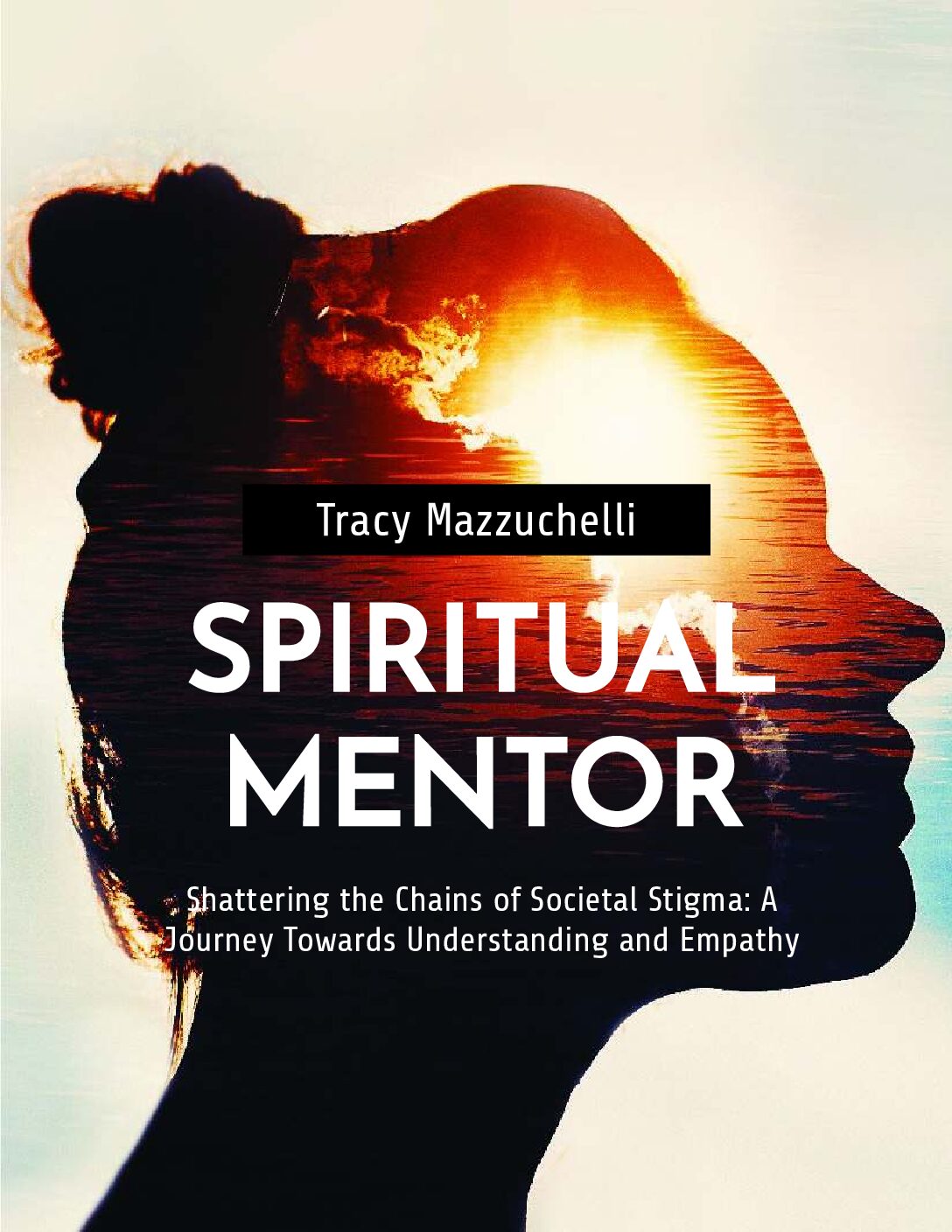In the vast tapestry of human society, threads of prejudice and stigma often weave their way into the fabric,
casting shadows of misunderstanding and discrimination. These societal stigmas, deeply rooted in our
collective consciousness, can have far-reaching consequences for individuals and communities. In this blog
post, we embark on a journey to unravel the layers of societal stigma, understand its impact, and explore
ways to break free from its grip.
Societal Stigma Unveiled
At its core, societal stigma is a set of negative beliefs, stereotypes, and biases held by a community or society
about specific groups of people or individuals. These groups are often marked by certain characteristics or
conditions that are deemed different, deviant, or socially undesirable. Societal stigmas can manifest in various
forms, from racial and ethnic prejudices to misconceptions about mental health, gender, sexual orientation,
and disabilities.
The Weight of Stigma
1. Isolation and Alienation
Societal stigma can lead to profound feelings of isolation and alienation among those who are targeted.
Individuals may find themselves marginalized and excluded, leading to a sense of otherness within their own
communities.
2. Undermining Mental Health
The stigma associated with mental health conditions is a significant barrier to seeking help and treatment.
Many individuals suffer in silence, fearing judgment and discrimination, which can exacerbate their conditions
3. Hindrance to Equality and Progress
Societal stigma can perpetuate systemic inequalities, limiting opportunities and access to resources for
marginalized groups. It hampers social progress by reinforcing stereotypes and biases.
Breaking the Chains of Stigma
1. Education and Awareness
Education is a powerful tool in dismantling societal stigma. By increasing awareness and disseminating
accurate information, we can challenge misconceptions and promote empathy.
2. Open and Inclusive Dialogue
Engaging in open, nonjudgmental conversations about stigmatized issues is essential. Encouraging people to
share their experiences can break down barriers and foster understanding.
3. Challenging Stereotypes
We must actively challenge and question stereotypes when we encounter them. By recognizing the humanity
in every individual, we can shift societal perceptions.
4. Supporting Change-Makers
Support organizations and individuals working tirelessly to combat stigma. These advocates and activists are
instrumental in effecting change and promoting inclusivity.
Conclusion: Embracing a More Compassionate Society
Societal stigma is a collective burden that affects us all. To build a more compassionate and inclusive society,
we must confront these prejudices head-on. By educating ourselves, engaging in open dialogue, challenging
stereotypes, and supporting those fighting against stigma, we can collectively work towards shattering the
chains that bind us to misunderstanding and discrimination.
The journey towards dismantling societal stigma is a collective effort, but it begins with individual awareness
and action. Let us acknowledge our biases, celebrate diversity, and spread the message of empathy and
understanding. In doing so, we contribute to a society where every person is seen, heard, and valued for their
unique qualities, unburdened by the weight of stigma. Together, we can forge a brighter, more inclusive future
for all.



